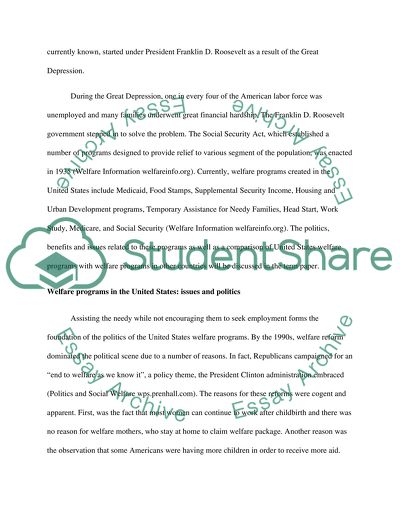Cite this document
(“The Welfare State In the United States of America (Microeconomics) Term Paper”, n.d.)
Retrieved from https://studentshare.org/environmental-studies/1421018-the-welfare-state-in-the-united-states-of-america
Retrieved from https://studentshare.org/environmental-studies/1421018-the-welfare-state-in-the-united-states-of-america
(The Welfare State In the United States of America (Microeconomics) Term Paper)
https://studentshare.org/environmental-studies/1421018-the-welfare-state-in-the-united-states-of-america.
https://studentshare.org/environmental-studies/1421018-the-welfare-state-in-the-united-states-of-america.
“The Welfare State In the United States of America (Microeconomics) Term Paper”, n.d. https://studentshare.org/environmental-studies/1421018-the-welfare-state-in-the-united-states-of-america.


